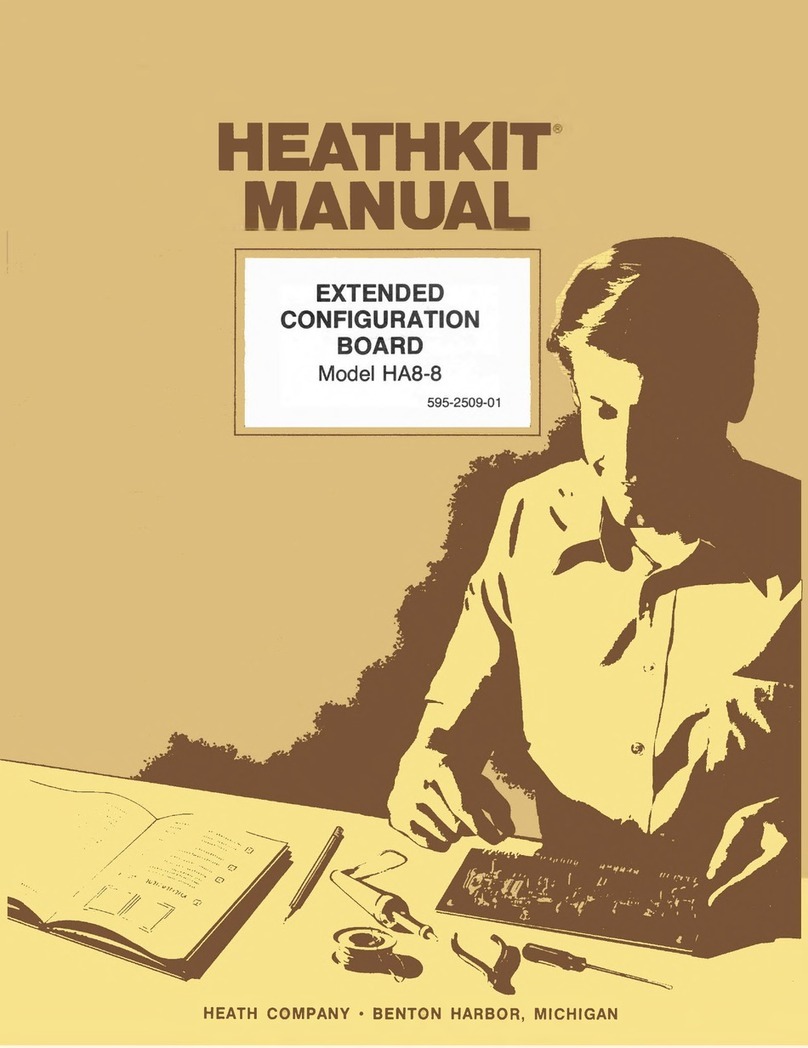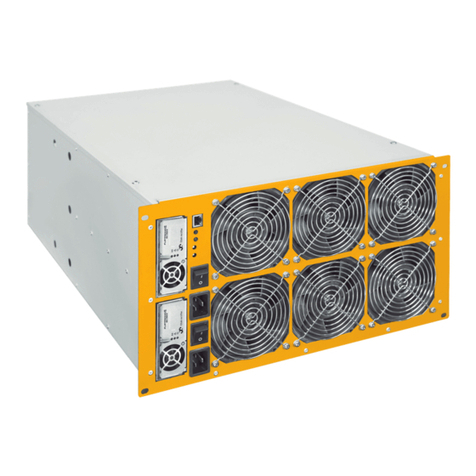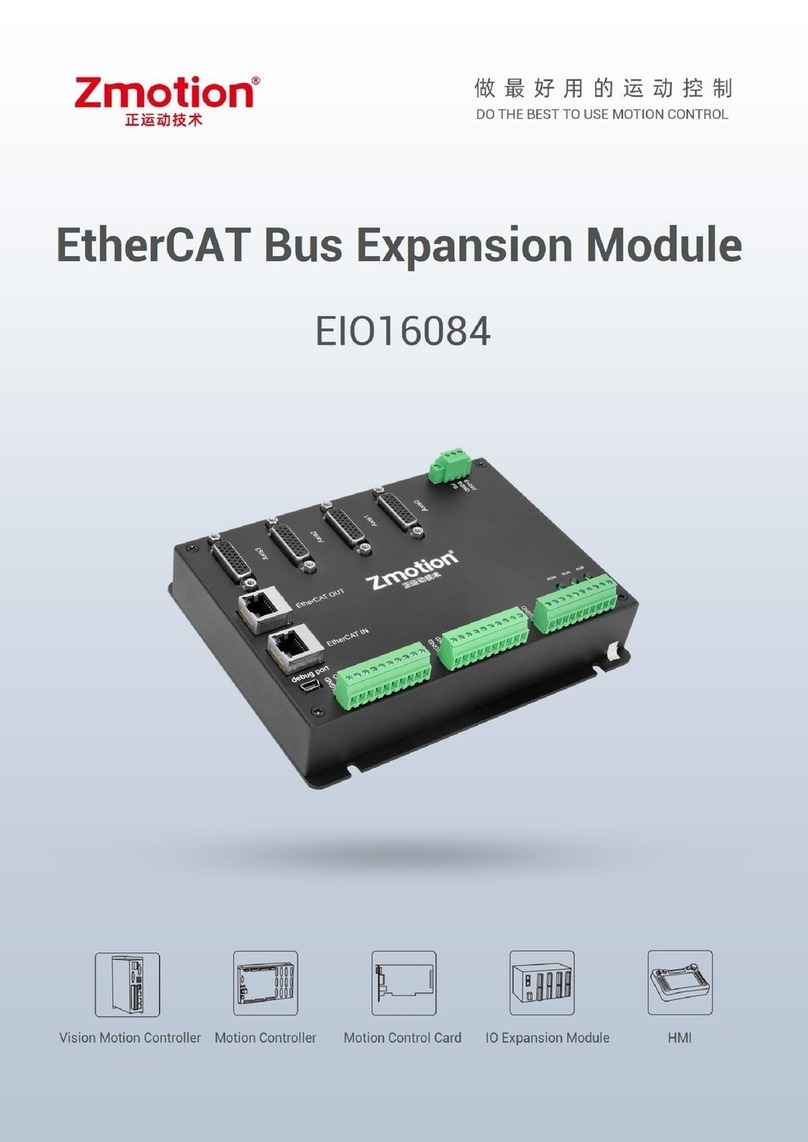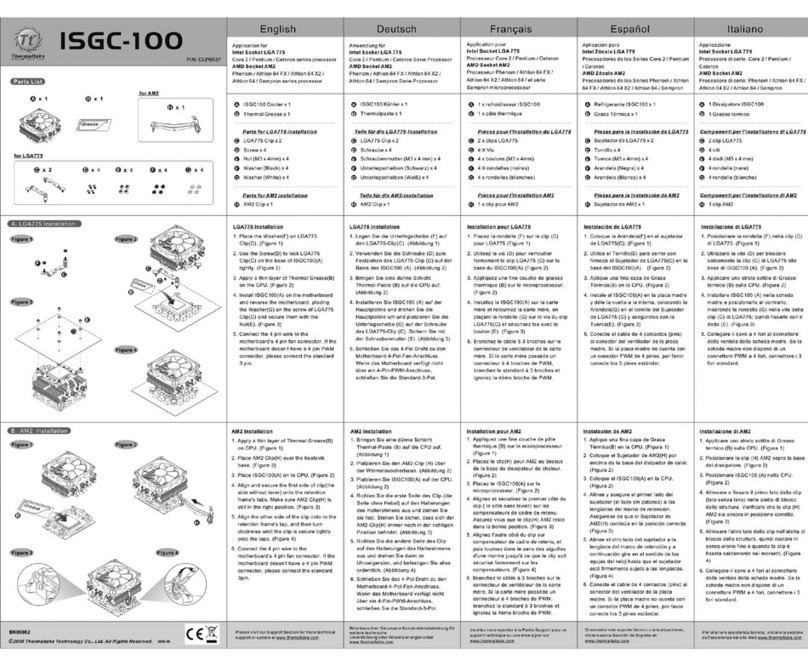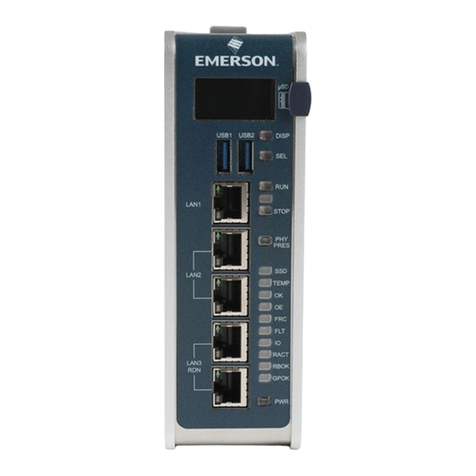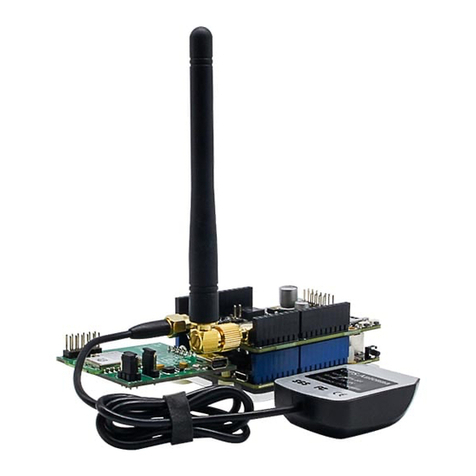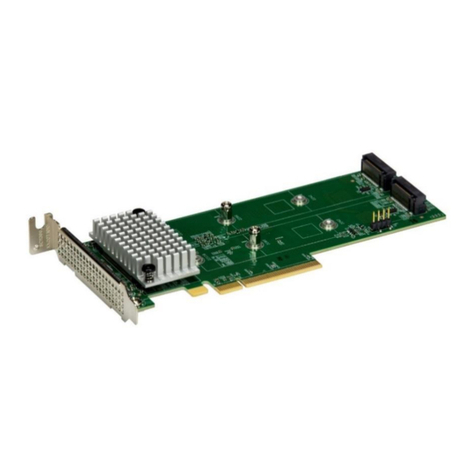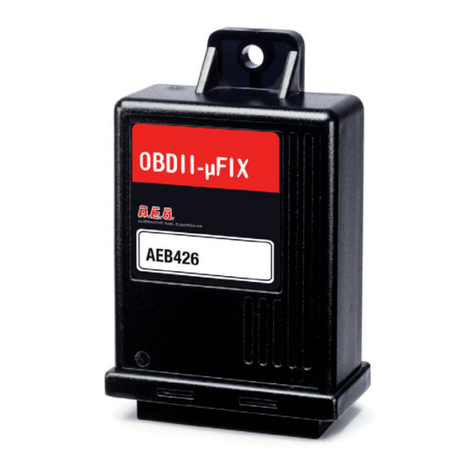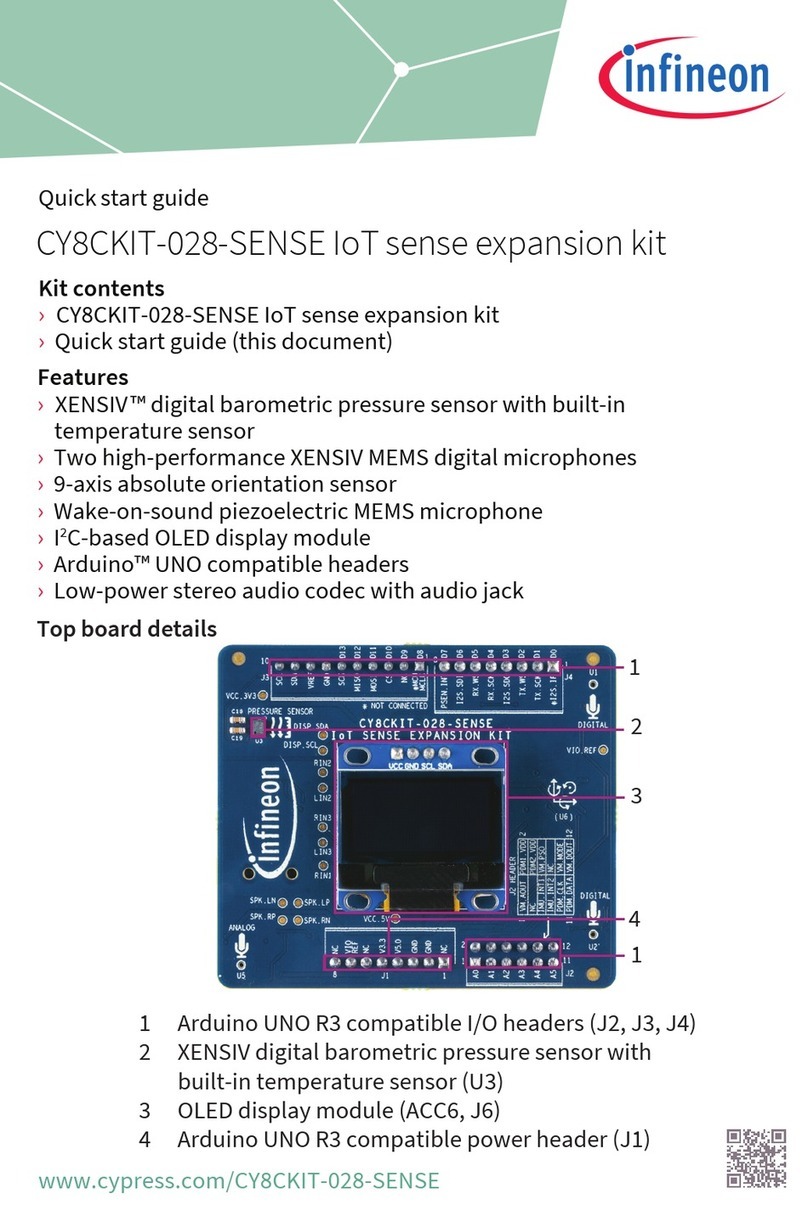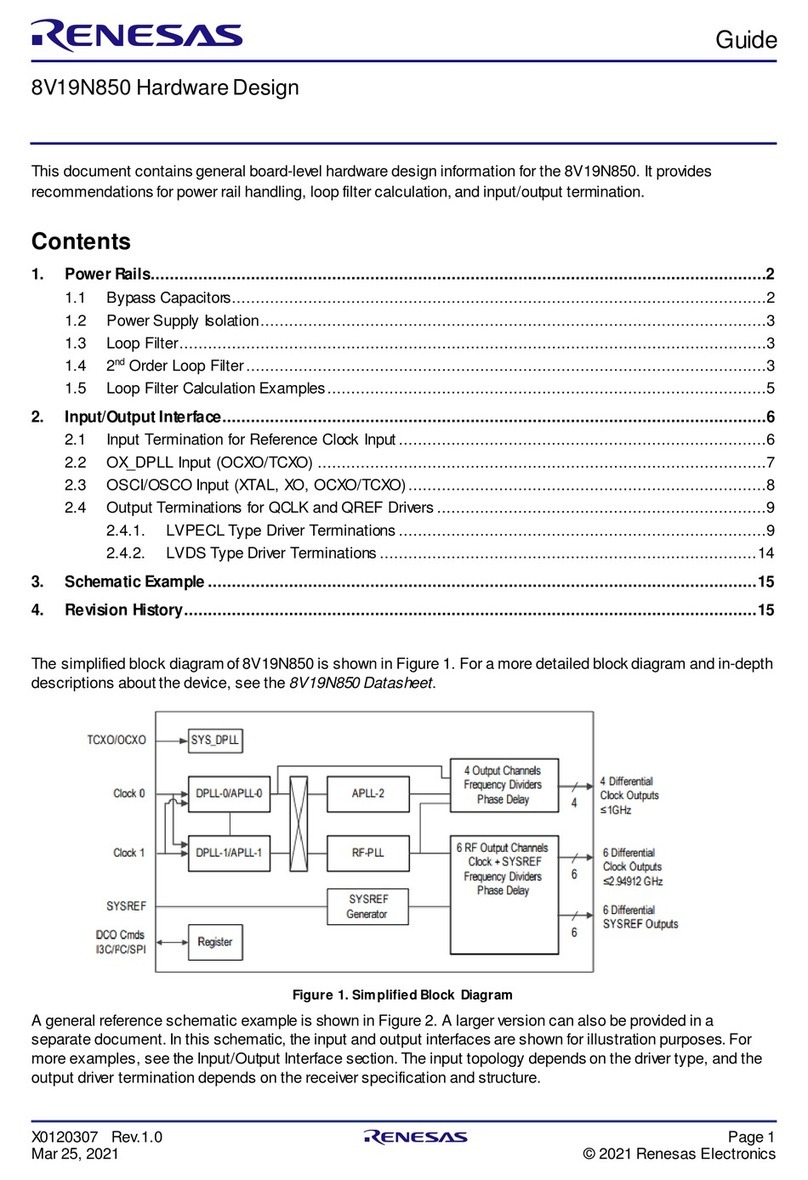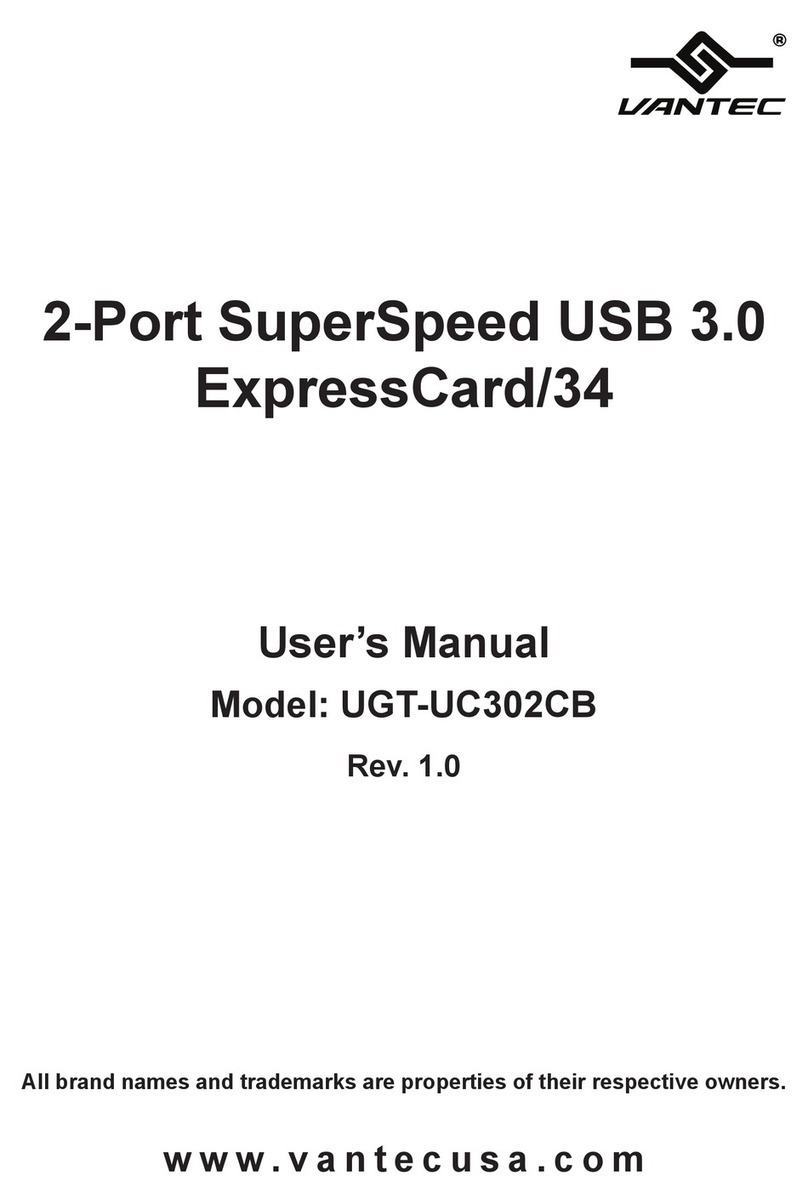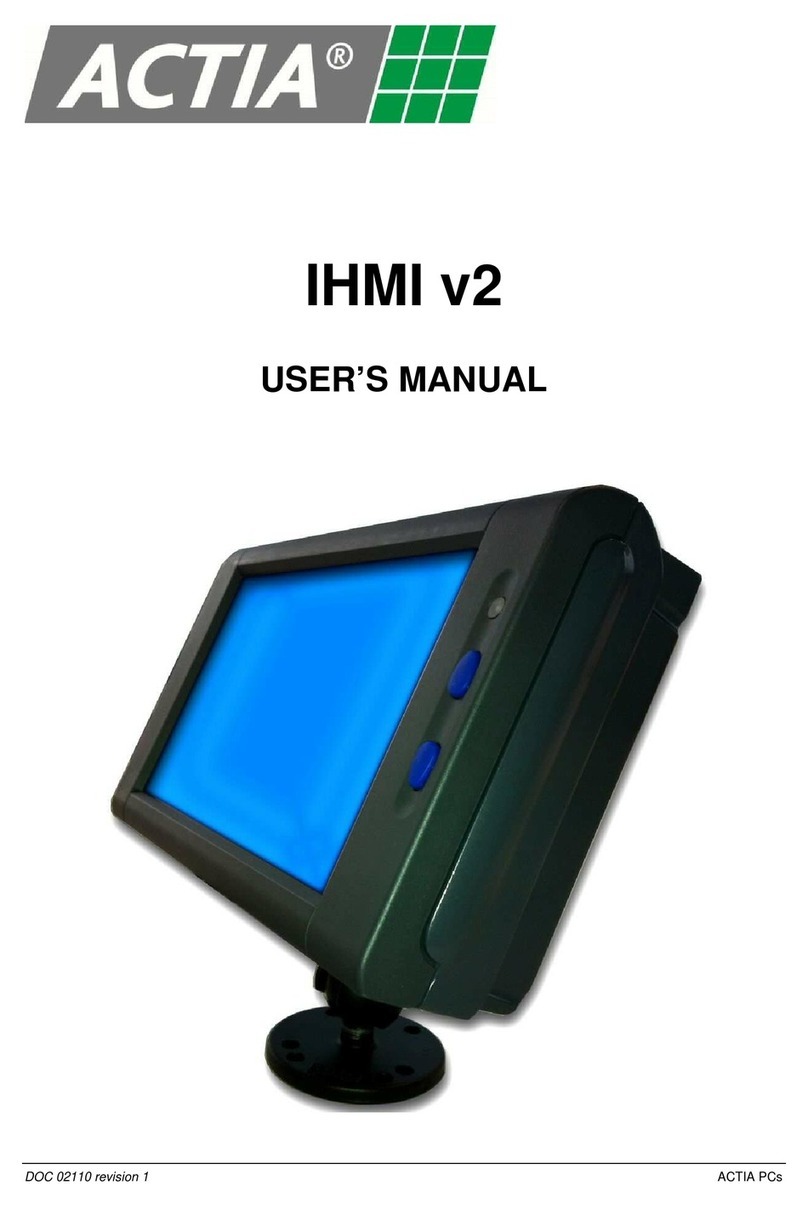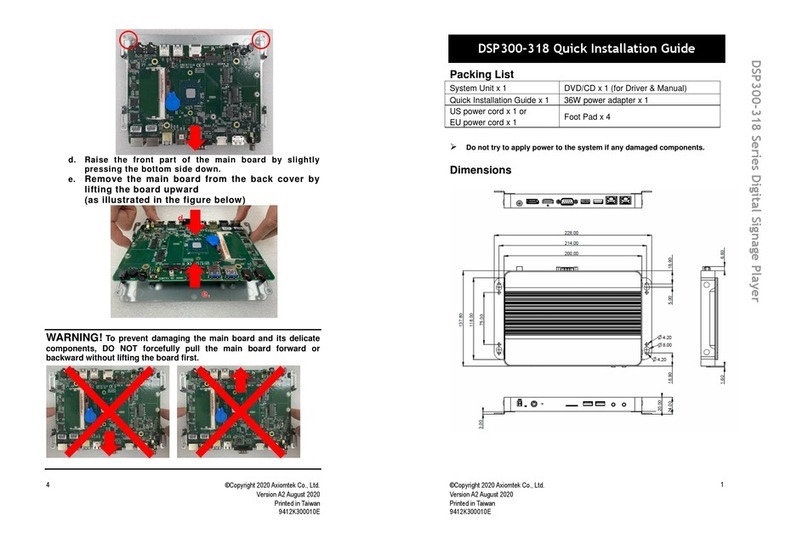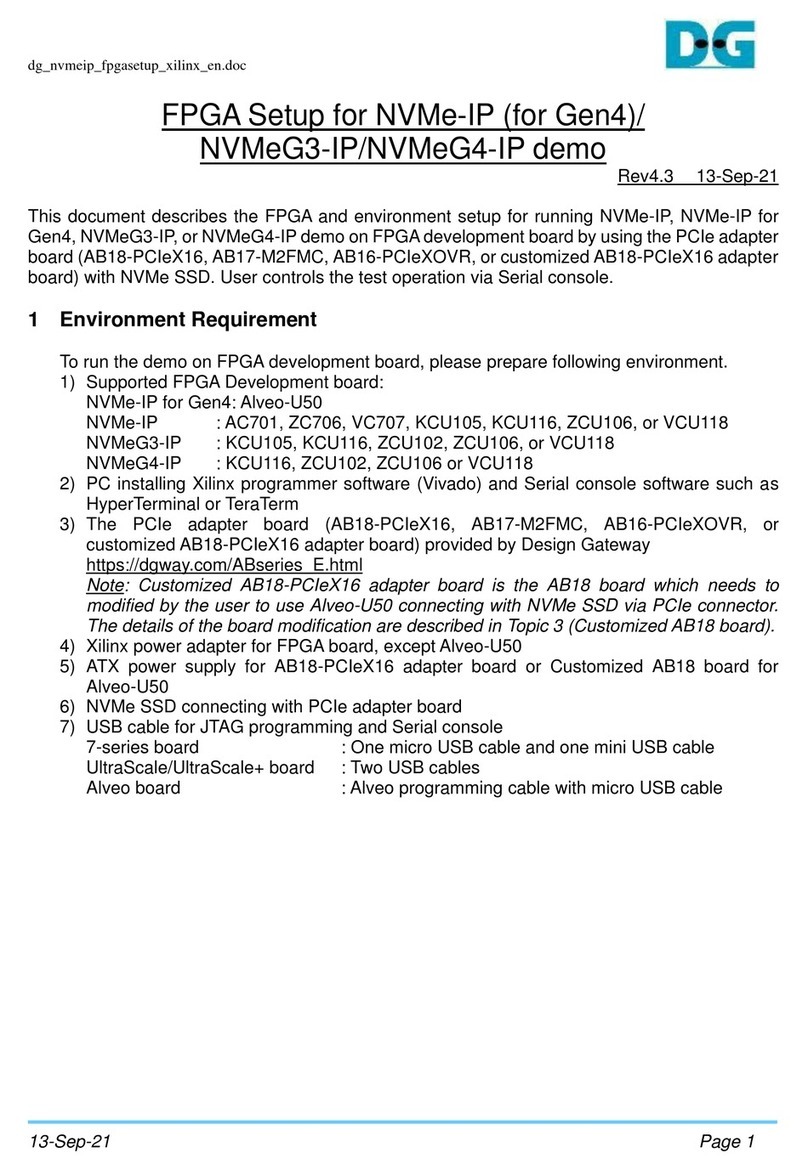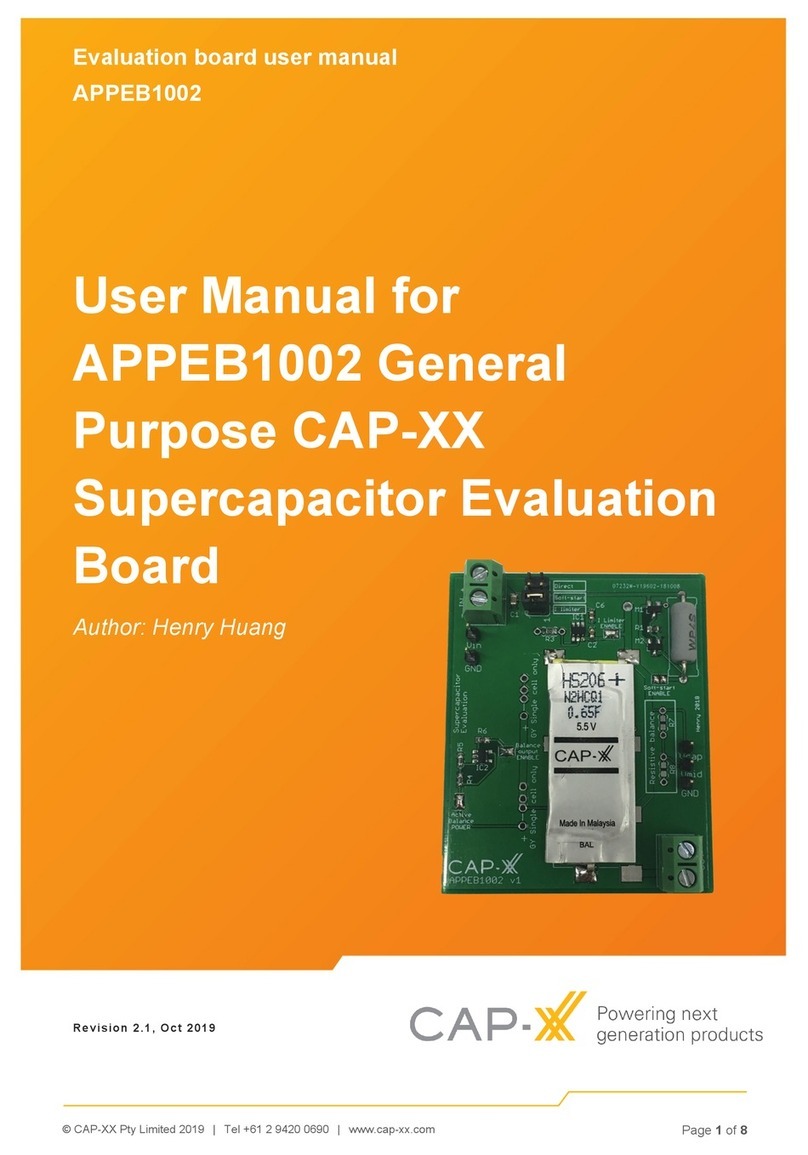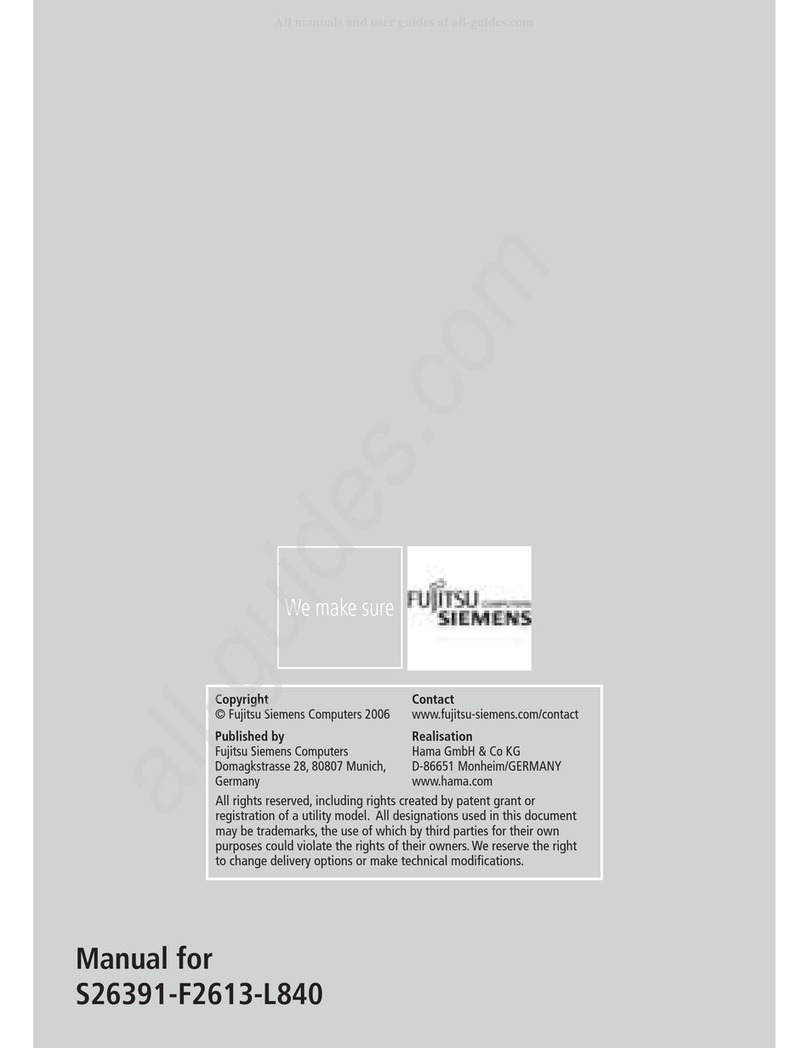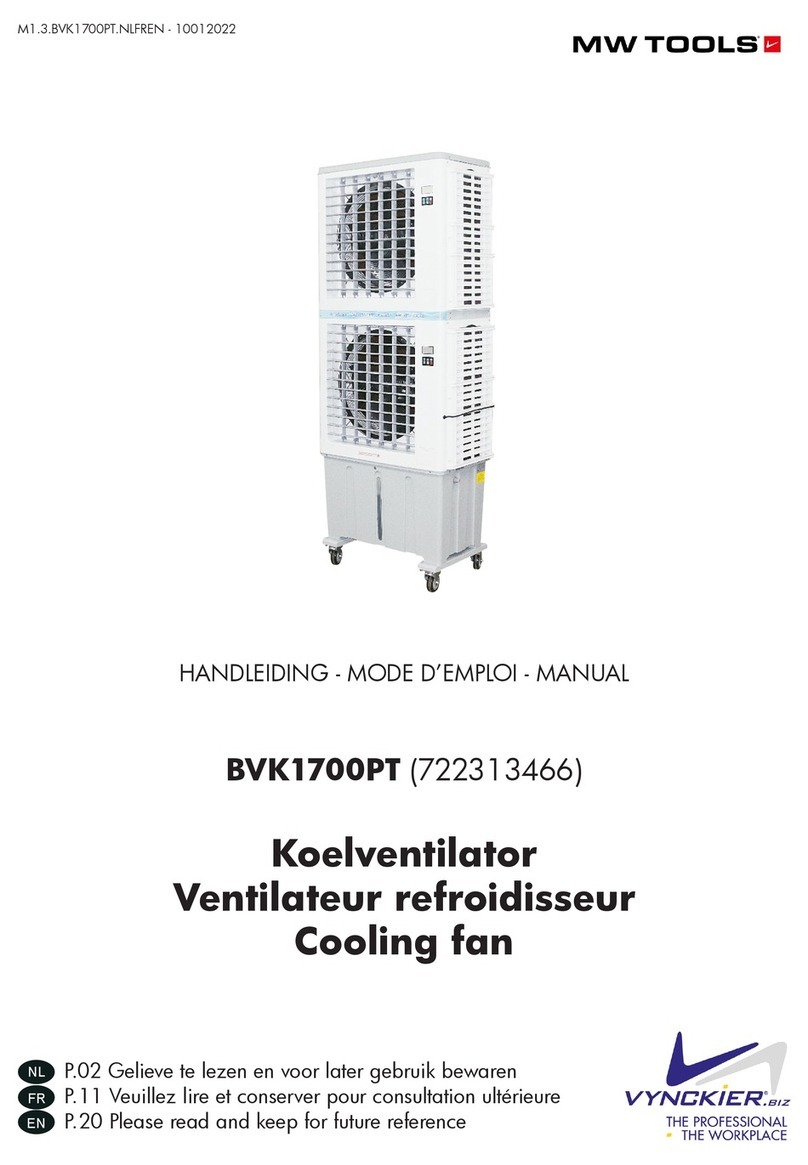Heath HB-17 User manual

SOFTWARE REFERENCE
MANUAL
Copyright
@ 1979
Heath Company
All Rights Reserved
Heath
Disk
Operating
System
Model
HB-17
HEATH
COMPANY
BENTON
HARBOR,
MICHIGAN
49022
595-2340
Printed in the United
States of America

II
Contents
NOTE:
An
individual
Table of Contents is
included
at
the
beginning
of each of
the
following chapters
Introduction
. . . . . . . . . . . . . . . . . . . . . . . . . . . . . . . . . . . . . . . . . . . . . . . . . .
Chapter
0
Operating System (HDOS) . . . . . . . . . . . . . . . . . . . . . . . . . . . . . . . . . . . . .
Chapter
1
Console Debugger
(DBUG)
. . . . . . . . . . . . . . . . . . . . . . . . . . . . . . . . . . . . .
Chapter
2
Heath
Text Editor
(EDIT)
. . . . . . . . . . . . . . . . . . . . . . . . . . . . . . . . . . . . . .
Chapter
3
Heath
Assembly Language (ASM) . . . . . . . . . . . . . . . . . . . . . . . . . . . . . .
Chapter
4
Extended Benton Harbor BASIC
................................
Chapter 5
SPECIAL DISCLAIMER
Heath
cannot
provide
consultation
on
user-developed programs or
modified
versions of Heath Software products.
Some ofthese software
products
were developed for
the
Heath Company
by
the
Wintek Corporation. Software copyrights for
these
products reside
with
Wintek
Corporation.

YOUR HEATH HB-17 SOFTWARE
ONE YEAR LIMITED WARRANTY
For a period of one year after yourpurchase, Heath Companywill
supply
to you free ofcharge
any
changes
that
have
been
incorporated into
the
latest program offered for sale.
You willreceivefree consultation
on
any problemyou
might
encounter
in
verifying
proper
operationofthis
software system. We are
not
able to evaluate or debug individual customer programs. Sorry
...
we
cannot
accept collect calls.
Our warranty does
not
cover,
and
we
are
not
responsible for, damage caused
by
misuse
or unauthorized
modificationsto, oruses of,
our
productsfor
purposes
other
than
advertised. Ourwarranty does
not
include
reimbursement for customer time involved
in
any
software system application.
Thiswarrantycovers only
the
original
purchaser
ofHeathproducts,
and
is
not
extended
toallied
equipment
or components
used
in
conjunction
with
these products. We are not responsible for
incidental
or conse-
quential damages. Some states
do
not
allow
the
exclusionorlimitation of
incidental
damages, so
the
above
limitation or exclusion may not apply to you.
This
warranty gives you specific legal rights,
and
you
may
also have other rights
which
vary from state
to
state.
If
you
have any questions regarding
our
service -warranty or otherwise, write directly to our Director of
Customer Services, Heath Company, Benton Harbor, Michigan
49022.
He will make certain you receive
immediate, personal attention.
HEATH COMPANY
BENTON HARBOR,
MI.
49022
(CUT ALONG DOTTED LINE)
IMPORTANT
PURCHASE REGISTRATION INFORMATION
In
order
to automatically receive system program changes, please complete
the
following information
and
return
it
to
the
Heath Company, Benton Harbor, Michigan
49022.
H8-17
PURCHASE REGISTRATION
NAME DATE OF PURCHASE
ADDRESS LOCATION OF PURCHASE
INVOICE NUMBER
Ill

IV

SOFTWARE REFERENCE
MANUAL
HDOS SYSTEM
Chapter 0
Configuration
for
the
HB-17

o-2
I
1ntroduction
Table
of
Contents
INTRODUCTION . . . . . . . . . . . . . . . . . . . . . . . . . . . . . . . . . . . . . . . . . . . . . . . . . . . . 0-3
SYSTEM CONFIGURATION . . . . . . . . . . . . . . . . . . . . . . . . . . . . . . . . . . . . . . . . . 0-3
THEORY OF OPERATION
...........................................
0-7
SYSTEM SET-UP PROCEDURE
.....................................
0-14
Power-Up
.....................................................
0-15
Bootstrap
......................................................
0-16
INITIALIZATION (INIT)
............................................
0-19
DIAGNOSTIC (TEST) . . . . . . . . . . . . . . . . . . . . . . . . . . . . . . . . . . . . . . . . . . . . . . . 0-22
Drive
Speed
. . . . . . . . . . . . . . . . . . . . . . . . . . . . . . . . . . . . . . . . . . . . . . . . . . .
0-24
General Checkout
..............................................
0-25
Media Check . . . . . . . . . . . . . . . . . . . . . . . . . . . . . . . . . . . . . . . . . . . . . . . . . .
0-2
7
Seek
Time
...
·.
. . . . . . . . . . . . . . . . . . . . . . . . . . . . . . . . . . . . . . . . . . . . . . . . . 0-28
Switch
. . . . . . . . . . . . . . . . . . . . . . . . . . . . . . . . . . . . . . . . . . . . . . . . . . . . . . . . 0-29
Exit
...........................................................
0-29
SYSTEM GENERATION
............................................
0-30
SYSGEN
......................................................
0-30
ONECOPY . . . . . . . . . . . . . . . . . . . . . . . . . . . . . . . . . . . . . . . . . . . . . . . . . . .
..
. 0-32
Power-Down . . . . . . . . . . . . . . . . . . . . . . . . . . . . . . . . . . . . . . . . . . . . . . . . . . . 0-34
APPENDIX A
Memory Layout
................................................
0-35
APPENDIX B
Stand
Alone
Program
Outputs
. . . . . . . . . . . . . . . . . . . . . . . . . . . . . . . . . . . 0-38
INDEX
............................................................
0-45

INTRODUCTION
The
heart
of
your
HB-17
Heath
Disk
Operating
System, HDOS, is a
sophisticated
library of
programs
which
control
and
facilitate
the
operations
you
will
soon
be
performing. Before
you
use
HDOS,
be
sure
to
read
the
parts of
this
section
entitled
"Configuration"
and
"Theory
of
Operation."
You
will
then
have
to
perform
the
"System
Start-Up
Procedure"
in
order
to get
your
system
up
and
running.
From
there,
you
can
proceed
to
Chapter
1,
the
HDOS
Manual,
which
will
instruct
you
in
the
everyday
use
of HDOS.
The
H8-17
system
and
HDOS
have
set a
new
standard
in
the
hobby
computer
industry.
This
is
the
first hobby system to offer
many
of
the
functions of large
commercial
computer
systems.
The
enjoyment
and
rewards
you
will
derivefrom
using
the
system
are
limited
only
by
your
own
imagination.
SYSTEM CONFIGURATION
The
following
paragraphs
describe
the
minimum
requirements of
your
operat-
ing system.
It
is
impossible
to
list
all
the
different combinations
that
you
may
want
to use. But
this
information
will
let
you
configure
the
operating
system
so
you
can
begin
using
your
H8
computer
system.
This
section
only
contains
the
information
about
the
software configuration.
Refer
to
the
"System
Configuration"
section
of
your
"Assembly
Manual"
for
instructions
on
how
to
configure
your
hardware.
You
must
have
an
H8
computer
system
with
a
minimum
16K
bytes
of memory.
Moreover,
this
memory
must
operate
continuously
from
decimal
location
8192
(i.e., 040.000A)
to
the
available
upper
memory
limit
of
your
computer.
Note
that
the
lower
8191 bytes of
memory
are
reserved.
The
Heath
Disk Operating System, HDOS, requires
that
you
use
a console
terminal.
This
console
can
be
interfaced
with
either
an
H8-4 or H8-5 Serial
Interface Card.
These
cards
let
you
communicate
at
standard
baud
rates(i.e., 110,
150, 300, 600,
...
, 9600).
The
serial
communication
may
be
wired
for
either
20
mA
or RS-232
communication
levels.
Someinterface
cards
use
a fixed
interrupt
and
port
allocation
scheme
and
cannot
be adjusted,
such
as
the
controller
card
for
the
floppy disk.
This
information
is
supplied
in
the
"System
Configuration"
section
of
your
H17
Manuals.
Introduction I
0-3

0-4
Iintroduction
Table 0-1 outlines
the
port
allocation
scheme
on
the
H8
computer
system.
It
lists
the
device
and
the
device
name
used
in
the
software. For instance,
the
console
terminal
is referenced
by
the
software as TT:
and
the
line
printer
as LP:.
All
port
addresses are
given
in
octal,
indicated
by
a
"Q".
Thus,
350Q
is
port
350
octal.
TABLE 0-1
DEVICE INTERFACE
DEVICE NAME CARD
PORT
ADDRESS INTERRUPTS
Console
Terminal
TT:
H8-5
Serial
372-373Q
3
H8-4
Serial
350-357Q
3
Cassette
--
* HB-5 Serial
370-371Q
Line
Printer
LP:
HB-4 Serial
340-347Q
Alt.
Terminal
AT: HB-5 Serial
374-375Q
HB-4 Serial
300-307Q
Front
Panel
--
*
--
*
360-361Q
Floppy
Disk
SY:
Special
174-177Q
Reserved
170-173Q
Reserved
376-377Q
* -
None
is used.
NOTE:
If
you are
using
an
H36
DECWRITER as a Line Printer,
you
must
connect
it as
the
device AT:
In
addition,
an
H14
Line
Printer
must
be
connected
as
the
device LP:.

The
table also
shows
the
interface card
normally
used
with
each
device
and
the
port
address(s) assigned for
the
device. You
will
have to install
jumpers
on
the
interface card
to
select
the
appropriate address.
Also,
the
console terminal requires
the
use
of interrupts,
and
you
will
have
to
jumperits interface card for
the
proper
level interrupt. With
either
an
HB-4
or
an
HB-5
Card, you
must
jumper
the
circuit
board
for a level 3 interrupt.
The
device
and
the
interface card
must
be
using
the
same
baud
rate.
The
baud
rate is
hardware
selectable
on
all cards except
the
HB-4.
The
HB-4
Card is
softwareprogrammable
and
lets
you
selecta
standard
baud
ratefor
each
channel.
You
must
correctly
jumper
the
system co_nsole terminal interface card.
If
your
systemconsole
is
interfaced
via
an
H8-5 Serial
1/0
Card,
the
serial
port
should
be
addressed
at
port
3
72Q
and
the
baud
rate
jumpered
to
match
your
console
terminal. Since
an
H8-4
port
addressed
at
port
350Q will take
precedence
over
any
HB-5
port
addressed
at
port
372Q,
it
is also imperative
that
no
active
HB-4
ports
be
addressed
at
port
350Q.
Alternatively, if
your
system consoleis interfaced
with
an
HB-4
Multi
port
Serial
1/0
Card,
the
systemconsole
port
should
be
addressed
at
port
350Q,
and
the
Card
should
be
jumpered
to
generate level 3
interrupts
on
the
channel
addressed
at
port
350Q.
All system software assumes
that
your
system console interface
card
will
be
jumpered
at
oneof
these
two
ports.
If
the
interface cardis
not
properly
jumpered,
HDOS
will
not
communicate
with
your
system console.
The
cards
need
only
be
rejumpered
when
the
system console interface
board
is to
be
changed.
The
HB
operating system does
not
use
any
port
address
below
100 octal. These
ports are available for
your
use.
Introduction I
0-5

0-6
I
1ntroduction
The
HB-17 system is
initially
configured
with
a
single
5.25"
disk
drive
unit.
The
system also
includes
a
disk
controller card,
which
plugs
into
the
H8 bus.
The
initial
drive is
mounted
in
the
left-hand
side
of
the
H17 cabinet,
and
is
connected
to
the
disk
controller
by
means
of a 34-conductor flat
ribbon
cable.
The
first drive will hereafter
be
referred
to
as
SYyf
:.
*
The
second
drive
is
referred
to
as
SYl:,
and
can
be
installed
using
the
same
cable
and
controller.
SY~:
is
the
"system"
drive
unit.
You were
provided
with
one
5.25"
"distribu-
tion"
diskette.
When
you
have
generateda
"system"
diskette, asdescribed
in
the
"System
Set-Up
Procedure,"
starting
on
Page0-14,
it
will
always
be
mounted
in
SY0: for normal operation.
And
since
you
can
easilydamage ordestroya diskette
by
misuse
or
improper
handling,
always follow
the
instructions
vary carefully
until
you
are
thoroughly
familiar
with
HDOS operating procedures.
WARNING: You
should
only
use
the
distribution
diskette
to
transfer files (see
Page 0-9)
to
the
volumes
in
your
system. Therefore,
do
not
run
any
programs
other
than
those
specified
in
this
Software Reference Manual.
If
you
try
to
run
other
programs,
such
as BASIC (with
the
distribution
diskette
in
SY0:),
you
will
cause
unpredictable
results.
Note
that
the
distribution
diskette is
supplied
with
a write-protection tab
in
place.
This
is
done
to
guarantee
that
you
will always
have
an
accurate
copy
of
the
operating system.
Never
remove
this
tab.
Heath
may
refuseto
support
a
system
if
the
write-protection tab is
removed
from
the
distribution
diskette.
Under
normal
conditions,
you
will
need
extra diskettes for storage of
data
and
programs. It is also
advantageous
to
have
a
dual-drive
system
to
facilitate copy-
ing
data
and
to
allow
more
"on-line"
working storage. We
recommend
that
you
have
at
least
two
copies
of
the
system
diskette
on
hand,
as
well
as a
spare
copy
of
any
important
information.
The
"System
Set-Up
Procedure"
will
include
a
section
called
"System
Generation,"
which
will
tell
you
how
to
make
system
diskettes.
The
HDOS
Manual
will
tell
you
how
to
make
copies of
other
inf
orma-
tion.
*NOTE:
"SY~"
means system
unit
zero. Where
the
notation
may
be
confusing, zeros
will
be
slashed, to distinguish
them
from
the
letter
0.

THEORY OF OPERATION
Although
it
is
not
absolutely essential
that
you
know
the
Theory of
Operation
for
this
system, a
basic
knowledge
of
it
will
help
you
use
the
sys-
tem
more
effectively. Read
this
information
be-
fore
you
proceed
to
the
''System
Start-Up Proce-
dure."
Refer to
the
"Glossary"
in
Chapter
1,
for a
definition
of
any
unfamiliar
term.
A
disk
system
combines
many
of
the
advantages of
other
types of
data
storage
systems.
It
is
not
as fast as random-access memory,
but
for
the
same
amount
of
storage area
it
is
much
less expensive.
On
the
other
hand,
a
disk
system
costs
more
than
a
tape
system
for
the
same
amount
of storage space,
but
it
can
locate a
given data record
much
more
rapidly. Each
type
of data storage system
has
its
advantages. However,
the
disk
system
provides
the
most
functional
combination
for everyday applications.
The Diskette
A diskette is a
circular
sheet
of
plastic
coated
with
a
magnetic
oxide. As
the
diskette rotates at
300
rpm,
an
electromagnetic
head
passes over
the
oxide
material, called
the
"medium",
and
interacts
with
it
by
means of a
magnetic
field.
This
combination
of
head
and
medium
is a lot like
the
magnetic
tape
recorder
you
use
to
record
and
play
music.
The
medium
consists of
millions
of
tiny
magnetic
particles
called
"domains".
Each of
these
domains
is
magnetized
in
one
direction
or
the
other, like
the
north
and
south
poles
ofa magnet.
The
direction
in
which
each
domain
is
magnetized
describes
the
binary
data
stored
on
the
diskette.
If
the
read/write
head
is
"reading"
information,
it
senses
the
direction
in
which
the
domains
in
a
given
area are
magnetized,
and
converts
this
information
into
electric
impulses
which
become
binary
bits.
If
the
head
is
"writing"
the
opposite
happens;
the
bits are converted
into
electrical
impulses,
changing
the
magnetic
field
around
the
head. This,
in
turn,
magnetizes
some of
the
domains
in
one
direction or
the
other,
depending
upon
whether
the
bits are ones or zeros.
Each diskette
can
store
102,400
bytes of data,
with
eachbyte
composed
of
eight
bits.
The
diskettes are
divided
into
40
tracks, circular rings,
much
like
the
grooves
in
an
LP record. Each
track
is
subdivided
into
10
sectors, givinga total of
400
sectors of 2
56
bytes
each.
Introduction I
0-7

O-B
I
1ntroduction
Access Time -Finding the Right Sector
The
process of finding
the
correct track is
called
"seeking."
It
takes a
small
amount
of
time
for
the
head
to
jump
from
track
to
track
as itseeks
the
correct one,
and
this
is called
the
"track
step-time."
The
drives
used
in
the
H17
have
a
guaranteed
track
step-time
of
30 milliseconds. However,
most
units
can
operate
much
faster. "General
Operation"
will
explain
how
to
optimize
your
H17 for
the
best
performance.
Another
factor
that
determines
system
speed
is called"rotational
latency."
Since
the
diskette rotates at 300
rpm,
the
system
may
have
to
wait
as
long
as 200
milliseconds
for
the
desired
sector to rotate
under
the
head
after
it
finds
the
correct track.
This
latency
period
averages 100 milliseconds for a
random
disk
access.
A little arithmetic,
then,
shows
that
up
to
500
milliseconds
will
be
required
to
access a
random
sector.
This
depends
on
the
track
step-time of
the
particular
drive;
and
it
is based
on
calculations
which
show
that
one-third of
the
tracks
will
have
to
be
skipped
over,
on
the
average, for a
random
disk
access.
The
average
drive
will
require
about
225
milliseconds
for every access of a
random
sector.
If
many
sectors are accessed
and
if
they
are close
to
each other,
the
average access
time
will
be
much
lower.
As
soon
as
the
systemfinds
the
correctsector,
it
reads
orwrites
the
data, one
bit
at
a
time
(serially) at a rate of 16,000 bytes
per
second~
The
data is transferred
between
the
drive
and
the
controller.
The
controllerconverts
the
serial
data
into
a parallel format,
and
communicates
it
by
means
of
an
I/0
port
to
the
H8 CPU,
As
an
example
ofits
quick
access
and
high
performance,
the
H17
system
can
load
Extended Benton Harbor BASIC
into
memory
in
about
two
seconds.
The
Heath
cassette system, operating
at
1200
baud,
requires
about
two
minutes
to
load
from
the
beginning
of
the
tape.
The Software System
The
sector, because
it
is
the
smallest
amount
of
data
that
the
system
can
transfer
between
the
H17
and
memory
in
a single access, is
the
basic
unit
of
the
diskette.
The
H17 systemis
"hard-sectored."
This
means
that
the
size
and
location
of
each
sector is
determined
by
the
disk
controller
board
rather
than
by
the
operating
system.
This
isactually
where
HDOS comes
into
play.
It
must
communicate
with
hardware
devices,
such
as
an
H17 controller.
On
t4e
other
side
of
the
interface,
it
must
also
communicate
with
you,
the
"user"
or
"operator,"
by
means
of pro-
grammed
instructions
or
console
commands.

An
operating
system
is more
than
just
a collection of programs
that
perform
various functions,
such
as
communicating
with
peripherals or finding
data
on
a
diskette.
The
central
idea
is
that
the
software system is logically organized. All
its programs are available to you at
any
time, for specific purposes,
by
means
of
operating system
''commands''.
A
portion
of
the
operating system called "monitor" is
in
control of
the
other
portions.
It
controls
the
decoding
of
commands
and
temporarily
passes
control
to subprograms,
which
carry
out
the
commands.
After each
operation
is com-
pleted,
control
returns
to
the
monitor,
which
awaits
the
next
command.
Thus,
the
monitor
is like a
switchboard
operator
who
handles
communications
for a
busy
city.
Files
The
operating system establishes
this
communication
between
hardware
and
software
by
means
of a
data
structure
known
as a "file".
If
you
consider
a
disk
drive as
if
it
were a filing cabinet,
then
the
sectors
on
the
diskette
correspond
to
sheets of
paper
within
the
filing cabinet.
The
disk
file is
then
analogous
to a
folder
within
the
cabinet,
with
a label
on
it,
which
contains a
number
of
the
sheets of paper.
In
other words, a file is
an
organized group of
disk
sectors.
Whether
you
keep
the
files
in
an
office filing cabinet or
on
a diskette,
you
must
organize
them
in
a
way
that
allows
you
to find
them
easily. A
new
file
must
be
inserted
into
its
proper
place,
and
old
files
that
are
changed
must
be
replaced
for
future reference.
In
this
sense,
an
operating system is likea clerk
who
keeps trackofa greatdeal of
information, or a librarian
who
must
know
where
all
the
books
are
found.
The
operating systemmust: find space
on
the
disk
for
new
files; give
each
file a
name
that
allows itto
be
cross-referenced;
be
ableto copy datafrom one file to another;
and
beabletorename,
update,
and
delete (remove) files. Above all,
the
operating
system
must
be
able
to
communicate
with
you
and
carry
out
your
commands
quickly
and
efficiently.
Under
HDOS
each
file consists of
one
or
more
"clusters",
where
each
cluster
is
composed
of
two
contiguous sectors. HDOS automatically increases
the
size of
your
files, as
required,
in
increments
of
one
cluster. Therefore,
the
size of
an
HDOS file
can
run
from
512
bytes
up
to
the
total available
space
on
a diskette.
In
order to
communicate
with
the
operating system, you or
your
program
must
issue
commands.
The
exact
command
syntax
is
discussed
in
''General
Opera-
tion".
In
some
cases,
the
commands
will
be
issued
from
the
system
console.
Introduction I
0-9

0-10
IIntroduction
Other
commands
may
be
included
in
a
program
written
in
BASIC or
assembly
language.
These
will
allow
a processto
"open"
and
"close"
files,
and
to
perform
read/write
operations
on
the
files. Refer to
the
appropriate
language
manual
for
the
proper
command
syntax.
Controlling the Peripherals
An
operating system
must
also
manage
all
the
peripherals
in
the
system.
This
allows you to
type-in
commands
from
the
system console,
and
have
the
operat-
ing
system perform
some
1/0
function
without
your
intervention. You
may
also
include
such
commands
in
your
programs
without
having
to
write
detailed
instructions for controlling
the
peripherals.
The
operating system
will
take care
of
the
"messy
details".
HDOS uses
programs
called
"device
drivers"
to
controlperipherals. Each
device
driver
is
written
with
the
characteristics of a
particular
peripheral
in
mind.
Its
speed,
line
length,
and
"handshaking"
capability are examples of
these
charac-
teristics. For
standard
ASCII serial
peripherals,
the
device drivers
may
differ
only
in
minor
details.
They
may
be
unique
for
other
devices
such
as
paper
tape
punches
or X-Y plotters.
However, all device drivers
have
one
thing
in
common. After
they
are
written,
one for each peripheral,
they
become
a
part
of
the
operating system. It is
not
necessary to
include
the
drivers
in
each
program
which
uses
the
peripherals
because these
programs
can
simply
issue
1/0
requests to
the
operating system.
This
can
save a great deal of
space
in
each
program
because
the
instructions
for
controlling
the
peripherals
need
not
be
repeated
over
and
over again.
You
can
also make a
program
communicate
with
many
different peripherals,
without
rewriting
it,
by
simply
redefining
the
appropriate
device drivers.
Programs
running
under
HDOS are called
"device
independent".
Each
·peripheral
is
given
a symbolic name,
much
like a file. For instance,
the
system
console is referred to as
"TT:",
and
"SYJ/:" identifies
the
system
disk
drive.
The
colon
(:)
at
the
end
of
each
name
identifies
it
as
that
ofa device
name
rather
than
a
file name.
Transferring Data
Data
can
be
copiedfrom file
to
file. It
can
also
be
copied
from a file
to
a device, or
from a device
to
a file.
To
create a
new
file
with
data
typed-in
from
the
console,
you
simply
command
HDOS
to
copy
from
your
terminal
to
a
unique
file
name.
Refer
to
the
HDOS
Manual
for
the
syntax of
such
commands.
·

In
order to keep track of all
the
files
and
devices
in
the
system,
an
operating
system
uses
a cross-index listing
known
as "directory".
The
directory
contains
the
name, location, size,
and
creation date of everyfile
in
the
system.
In
order
to
access a
given
file, HDOS first looks
up
its
name
in
the
directory.
It
then
uses
the
information
listed
with
the
name
to
locate
the
sectors
which
make
up
the
file.
As
the
sectors are accessed, HDOS transfers
the
data
between
the
disk
and
RAM.
The
area of RAM
that
is
used
to
hold
the
data
is called
the
''buffer''. A
buff
er of
sufficient size
must
be
set
aside
by
each
program
which
reads
files. BASIC
automatically sets
aside
any
necessary buffer space.
Memory Map
An
operating
system
requires a
"memory
management"
capability
in
order to
function
with
other
programs.
If
you
issue
a
command
to
run
a
program,
HDOS
finds
the
file
that
bears
that
program's
name
and
determines
whether
or
not
it
will fit
in
the
available memory.
If
it
will
fit, HDOS
reads
the
file
into
a
memory
area
which
begins
at
the
program's
starting address. After
the
loading
process is
completed, HDOS
jumps
to
the
program's
starting address,
and
execution
be-
gins. (See
Appendix
A.)
The
HDOS
monitor
is automaticallylocated
in
the
high
end
of
your
HB's
memory
when
you
"boot-up"
the
system.
It
occupies
about
2.4K ofRAM.
Other
portions
of HDOS,
such
as
the
program
which
communicates
with
the
H17 drive-units
and
otherperipherals,
may
require
another
9K.
Therefore, 12K is
required
to
run
HDOS. Other
products,
such
as BASIC,
require
as
much
as 16K total RAM,
with
HDOS
included.
HDOS
attempts
to conserve
memory
by
using
the
available area for
more
than
onepurpose. For example, some of
this
areais
used
onlyfor
opening
and
closing
files.
This
capability is
not
required
very frequently, so
this
part
of
the
operating
system
can
be
left
on
the
diskette
most
of
the
time.
When
HDOS requires
these
functions, it
temporarily
stores
the
contents
of
the
overlay area
on
a file
while
it
loads
the
contents
of
another
file
into
the
area.
This
new
portion
of
the
operating
system performs its task
and
then
restores
the
original overlay area
memory
contents
when
finished.
When
the
overlay area is
not
required
for other
pur-
poses, HDOS resides
there
continuously.
Introduction I
0-11

o-12
I
1ntroduction
Errors
The
last
important
function
ofHDOS, its ability
to
recognize
and
report
errors,is
one
with
which
you
will
soon
become
very
familiar. Typical errors
involve
attempts
to
issue
commands
which
are
not
correctly formatted, or references
to
nonexistent
files.
In
order
to
prevent
damage
to
the
contents
of
your
diskette,
HDOS recognizes
such
attempts
and
replies
with
appropriate
error messages.
NOTE:
The
remaining
parts
of
Chapter
0 will
lead
you
through
the
important
parts
of
HDOS
one
step
at
a time,
so
your
errors
should
be
few.
If
you
follow
the
instructions
carefully,
you
should
be
able
to
take
full
advantage
of
all
the
capabilities
of
HDOS.
Notation Conventions
A = Requiredspace,
produced
by
the
space
bar
on
the
consolekeyboard.
'§
= Carriage
return.
Produced
by
the
Return
key
on
a consolekeyboard.
<exp> =
If
you
type
a
'§,
HDOS
assumes
the
reply
enclosed
in
the
arrows.
CTRL = Symbol for control key
on
a console keyboard.
Underlined
text
is
used
to
indicate
user/operator
input
from
the
console.
Console Conventions
In
addition
to
the
standard
operating
system
commands,
there
are
a
number
of
conventionalASCII controlcodes
you
can
use
for specialpurposes.
For
example,
in
typing
a
command,
you
may
accidentally strike
the
wrong
key
on
your
console. You
may
use
the
ASCII DELETE (or RUBOUT) control
code
to
erase
the
last
character,
which
you
may
then
retype. You
may
also
use
the
key several
times
in
succession
to
back-up
more
than
one
space.
The
operating system
will
recognize
the
code;
even
if
your
terminal
will
not
physically
backspace,
they
cause
the
last character
you
typed
to
be
discarded. You
may
reject
an
entire
line
of keyboard
input
by
striking
CTRL-U, as
long
as
you
do
it
before
typing
a
carriage return.
The
following
list
summarizes
the
HDOS control conventions.

CTRL-C -Halts
any
ongoing activity
by
HDOS or a utility program. Control is
retained
by
whatever
program
is
currently
running,
but
it
will
stop
and
await
commands
from
the
console.
CTRL-D -Causes
an
exitfrom
the
command
mode
of a
utility
program,
such
as
PIP,
back
to
the
HDOS
command
mode.
When
copying files,
this
signifies
an
"end-of-transmission" condition,
returning
you
to
the
current
command
mode,
whether
it
is
the
"main"
HDOS
command
mode
or one of
the
utilities.
CTRL-P -Resumes
output
immediately
(after CTRL-0).
CTRL-S -
Temporarily
halts
the
output
to
the
console
until
CTRL-Q is struck.
CTRL-Q -Restarts
output
to
the
console (following a CTRL-S).
CTRL-U -Dis.cards
the
current
console
input
line, allowing
you
to
start over.
CTRL-Z -Cancels
any
ongoing HDOS activities
when
struck
twice
in
succes-
sion. Also causes
the
data
in
an
input
file orbuffer to
be
discarded.
This
code
is
generally
used
in
emergency
situations
to
return
directly
to
the
HDOS
command
mode.
DELETE-Allows
you
to
retype
the
last
character.
The
HDOS
response
to
this
command
depends
upon
the
configuration
of HDOS (see
"System
Optimiza-
tion,"
in
the
HDOS Manual).
If
your
console
terminal
produces
hard
copy
(such
as
the
H36) or
cannot
backspace,
a''/"
will
be
printed
on
the
console
the
first
time
you
use
this
control code,
and
after
the
correctionis made,
to
indicate
the
extent
of
the
corrections. For example,
suppose
you
wish
to
type
"HELP"
and
actually
type
"HALP".
The
correction
would
be
printed
as follows:
>™/PLA/ELP'§
In
this
example, after "HALP"
was
typed,
the
user
typed
the
delete
key
three
times
and
then
typed
"ELP".
If
you
are
using
a CRT
terminal
that
can
backspace,
like
the
H9,
you
may
configure HDOS to actuallybackspace over
the
last
charac-
ter,
removing
it
from
the
screen,
when
you
type
DELETE.
RUBOUT -Has
the
same effect
as
DELETE.
Introduction I
0-13

0-14
IIntroduction
SYSTEM SET-UP PROCEDURE
At
this
point,
your
H17
should
be
assembled
and
connected to
the
HB
computer,
and
the
"Read/Write
Test"
in
your
Hl
7 Operation Manual
should
have
been
successfully completed. Read
through
the
following "Power-Up," "Power-
Down,"
and
"Bootstrap" sections before actually performing
any
of
the
opera-
tions described
in
this
"System
Set-Up Procedure."
You will use this section frequently.
The
first time, however,
you
will have
to
sysgen a diskette.
The
distribution diskette
should
only
be
used
to transferfiles.
Running a program other
than
those specified
in
this
program will cause
unpre-
dictable results.
Sysgening a diskette will
produce
your
own
system volume capable of
running
HDOS
and
other programs. You will probably
wish
to configure different disk-
ettes for other programs. For now, follow
this
procedure to generate a system
volume.
WARNING:
If
the
"Read/Write
Test"
failed, DO NOT
attempt
to perform
the
"System Set-Up Procedure"
at
this
time. Instead, refer to
the
troubleshooting
guide
in
your H17 Operation Manual.

Power-Up
Use
the
following
method
to get
your
H8-17
system started from a power-off
condition.
WARNING: DO NOTinstalla diskette
in
either
drive
unit
before
applying
power.
1.
Apply
power
to
your
H8
and
to
your
terminal device.
2.
Apply
power
to
your
H17.
3. Install
the
system (distribution) diskette
in
your
system drive
unit.
If
you
purchased
two
drives, install
it
in
the
left-hand
unit.
The
label
should
be
facing
up
and
toward
you. Close
the
door
on
the
drive
unit
after
you
insert
the
diskette.
4.
Use
the
H8
front
panel
to
load
030
000
into
the
program
counter
register. You
may
refer to
your
H8
Operation
Manual
for
additional
assistance or:
A.
Press
the
REG
button.
B.
Press
the
PC button.
C.
Press
the
ALTER button.
D.
Enter
the
numbers:
030
000.
E.
Press
the
ALTER
button
again.
The
H8
should
produce
a faint
"click"
each
time
you
press a
button.
When
you
press ALTER
the
first time,
the
decimal
points
should
begin
scanning
from
right
to
left.
When
you
press ALTER
the
second
time,
the
decimal
points
should
extinguish.
The
H8
will
produce
a
short
"beep"
each
time
you
enter a
group
of three
numbers.
When
finished,
the
H8
display
should
look as follows:
030
DOD
Pc
5. Press
the
GO
button
on
your
H8
front panel.
Introduction I
0-15

o-16
I
1ntroduction
Bootstrap
This
procedure
establishes
communication
between
your
H8
and
your
H17.
It
is
called
"booting"
the
operating
system
(HDOS)
in
order
to
get
it
started.
When
you
"boot
up",
the
ROMbootstrap
program
(located
on
the
disk
controllerboard)
will
examine
your
H8's
memory
to
find
out
how
much
is installed. It
will
then
load
the
HDOS
monitor
into
the
upper
2.4K of
the
memory
area.
When
this
is
accomplished,
control will
passed
from
the
ROM bootstrap
program
to
the
monitor.HOOS will
respond
in
one
of
two
ways:
by
typing
"ACTION?
<BOOT>"
on
the
system console, or
by
displaying
"SPACE"
on
the
front
panel
LEDs.
The
front
panel
"SPACE"
prompt
appears
when
HDOS
has
found
an
H8-4
port
addressed
at
port
350Q. HDOS
then
assumes
that
the
peripheral
attached
via
this
port
is to be
the
system console terminal. HDOS
then
requires spaces from
the
systemconsoleto
determine
the
systemconsole
baud
rate. Eachsuccessive
space
should
be
echoed
on
the
front
panel
LEDs as
an
additional
decimal
point. (If
the
spaces are
not
echoed
and
HDOS does
not
proceed
with
the
"BOOT"
prompt,
check
the
cabling
between
the
H8-4
Multiport
Serial
1/0
Card
and
your
system
console terminal.
If
you
receive
the
space message
and
your
terminal
is inter-
faced
with
an
H8-5 Card,
insure
that
no
H8-4
ports
are
addressed
at
350Q, reset
the
PC,
and
try again.)
Once
HDOS
has
determined
the
baud
rate at
which
your
terminal
is set,
it
will
resume
with
the
normal
"BOOT"
routine. (Nate:
the
number
of spaces HDOS
requires
to
determine
your
baud
rate
will
vary
with
the
baud
rate.
Terminals
transmitting
at 4800
baud
should
require
three
spaces;
those
at
less frequently
used
baud
rates,
such
as 110,
may
require as
many
as six spaces.)
If
your
system console is interfaced via
an
H8-5 Card,
the
baud
rate is
jumper
selectable
on
the
H8-5 Serial
1/0
Card itself;
hence,
HDOS
assumes
that
the
H8-5
on-board jumper-selected
baud
rate
matches
that
of
your
terminal.
Once
HDOS
has
determined
your
baud-rate(or
immediately
after
the
user
strikes
"GO"
from
the
front
panel
monitor,
PAM-8,
if
the
system console
is
interfaced
via
an
H8-5 Card,) HDOS
will
prompt
on
the
system console with:
ACTION?
<BOOT>
Table of contents
Other Heath Computer Hardware manuals

